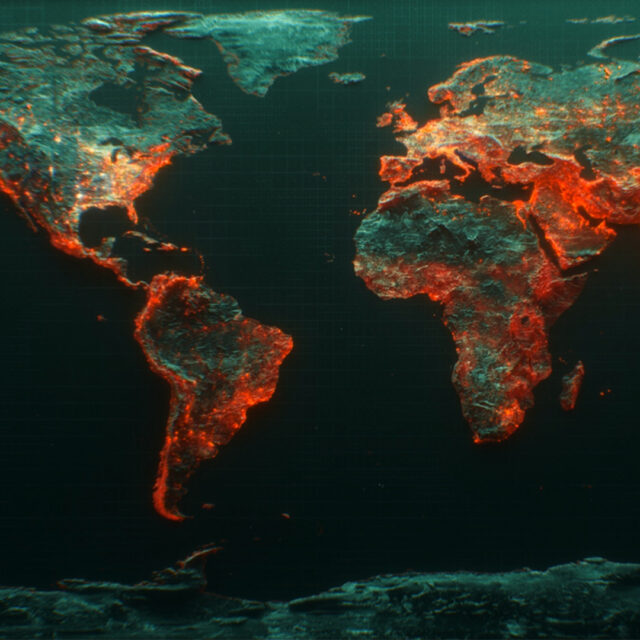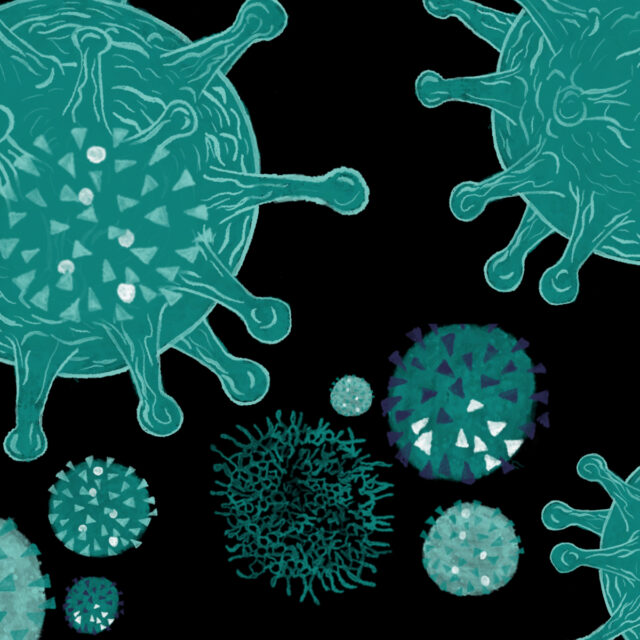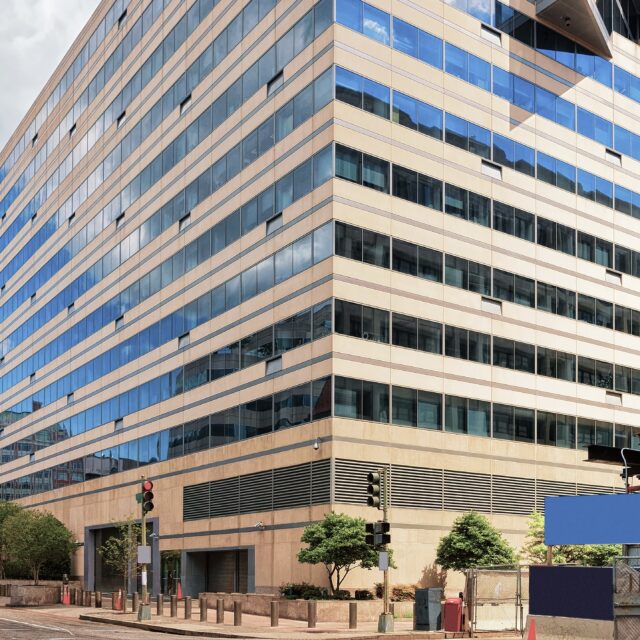Things… aren’t great in the world right now. If it feels like the world isn’t making the progress we need on climate change, equality, and poverty, that’s because, well, we’re not.
It can be hard to conceptualize what this long-term progress should look like. To break it down, we created five stats that help put things in perspective. We also have some ways you can take action. We’re not powerless to these challenges, no matter how big and gloomy they seem.
Here’s what you need to know about the state of the world and how we can change the current trajectory and make the future brighter.
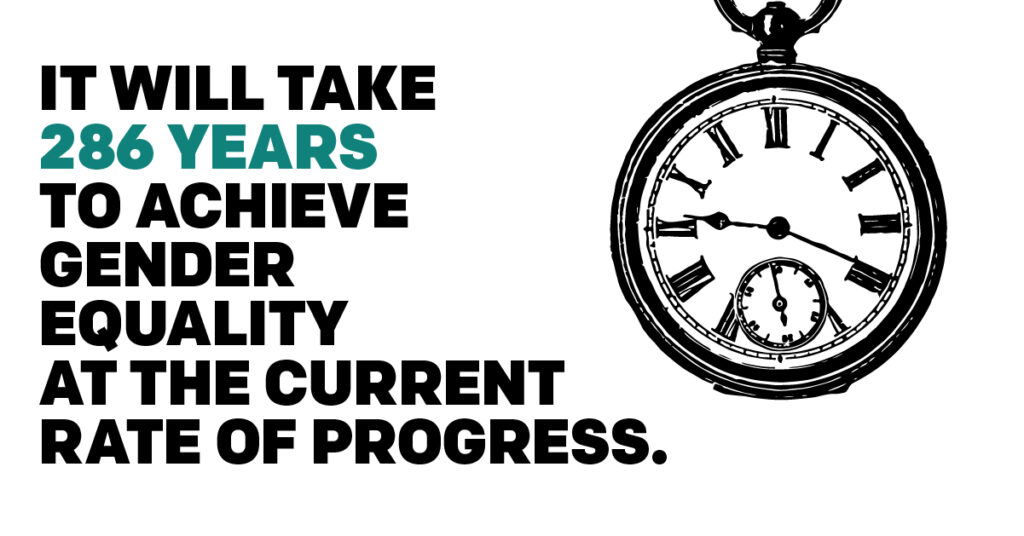
Congrats to the great great great great great great great granddaughters of all the babies born today! You may have an equal world by the time you’re entering the workforce.
But things aren’t looking good for gender equality right now. Bias against women hasn’t improved since a decade ago. And some gender equality progress has even reversed, according to a new UN report.
Want to make this better? Read our data dive on the current state of gender equality, which has some concrete suggestions to reduce gender inequality everywhere. The key theme of all those recommendations? Give women more power to implement the solutions.
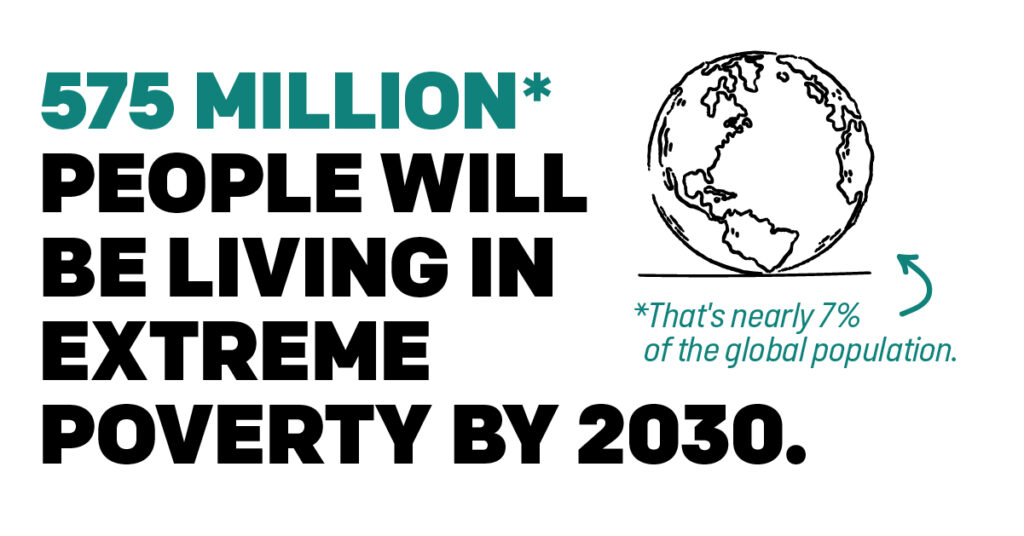
That’s nearly 7% of the global population.
That’s more people than the combined populations of Nigeria and the United States.
That’s enough people to fill Wembley Stadium 6,388 times.
Want to make this better? The world already has the systems and institutions needed to tackle extreme poverty (most notably, the World Bank). These institutions just need to step up and fund proven solutions to tackle global poverty. This will require reforms and real leadership. Thankfully, the World Bank has a new president — here’s what we need to see from him.
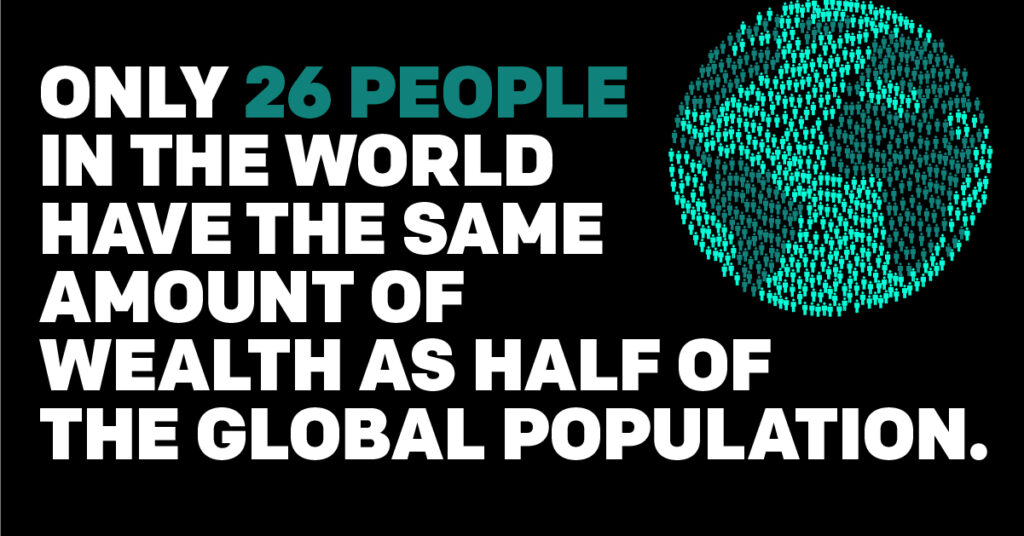
We’re in the middle of the largest increase in global inequality since World War II. People with the lowest incomes faced the steepest costs during the pandemic. That caused inequality to rise for the first time in decades. COVID-19 also pushed 70 million more people into extreme poverty in 2020 — the largest single-year increase since 1990.
Want to make this better? Inequality is one of the most pressing issues of our generation, and ONE was founded almost 20 years ago to tackle underlying causes of extreme poverty and inequality. Learn more about our work and join ONE to receive regular updates on how you can tackle inequality.

Extinction risk is just one of the impacts of the climate crisis. Lakes are shrinking, heat waves are intensifying, and historic droughts are leading to increased food insecurity. And the countries that contributed least to this crisis often pay the highest price.
Want to make this better? Nigerian activist Adenike Oladosu has some ideas to tackle this problem. Key among them: wealthy nations must deliver on their promised funding to support the communities facing the worst effects of climate change. Add your name to join her now.
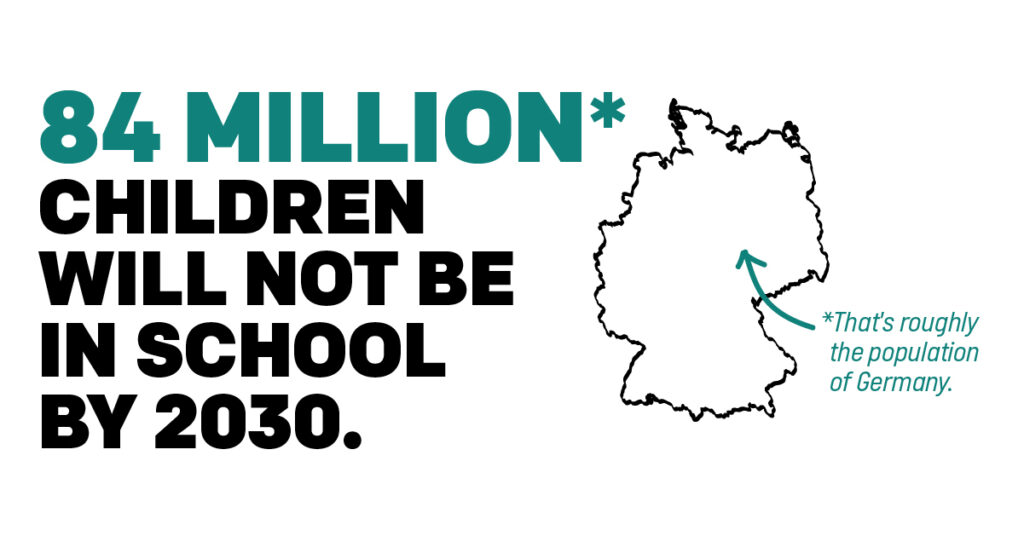
We all know students struggled during COVID-19 school closures. But even prior to the pandemic, global goals related to education were way off track. Too many kids are missing out on school, which could mean that 300 million students will not have basic reading and math skills by 2030.
Want to make this better? Making sure every child has a quality education is the most powerful way to tackle global poverty. We’ve got 4 ways you can promote global education.
